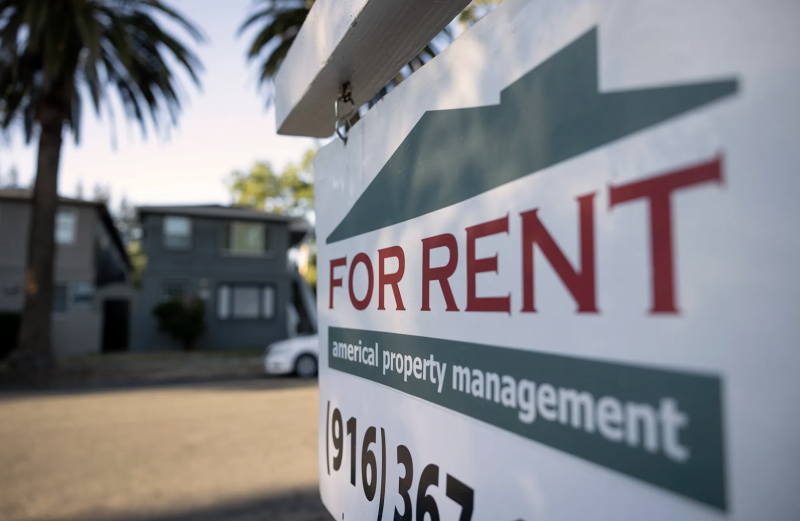The gap between completed applications and approved ones has shrunk significantly over the past week as case management has ramped up. On June 30, the program dashboard showed that about 404,000 people had completed their applications. Late this morning, following the original publishing of this story, the dashboard was updated to show only 352,000 completed applications. Ross said that more than 70,000 applicants were cleared from the queue and issued denials because of account inactivity. These applicants with incomplete applications were contacted at least three times and given at least 20 days to respond, many times longer, he said.
Using data from June 23, PolicyLink, which has been reviewing weekly program data from the state through Public Record Act requests, found that more than 28,000 initial applicants and 57,000 people who reapplied have not yet heard back from the program. Ross from the housing department said the data, albeit produced by the state, has “flaws within the interpretation” but declined to comment on specifics.
Horne LLP, a Mississippi-based accounting firm that specializes in disaster relief, will be paid a maximum of $278 million to distribute federal rent relief funds capped at $4.5 billion, according to a contract renewal dated April 1 that CalMatters obtained through the Public Records Act on June 17. The housing department was unable to say how much the company had been paid to date.
State Assemblymember Buffy Wicks, a Democrat from Oakland and co-author of the last extension, acknowledged the program has been “incredibly frustrating.” She said the state housing department had assured her qualifying applications would be paid.
“I think it’s no secret that it’s had challenges,” she said. “And while I’m sympathetic to some of the challenges we’ve had as a state government in terms of dealing with a global pandemic that none of us anticipated, it’s also our job as government to run well especially when you’re talking about critical social safety nets.”
But there’s a silver lining for tenant advocates. A key portion of the now expired law was the preemption of more stringent local measures against eviction, many of which will now go into effect, including in Los Angeles County.
The state faces at least two lawsuits over the program from tenant advocates, who argue it has denied funding to qualifying tenants and isn’t covering the amount of rental debt originally promised.
More than 135,000 people — or nearly a third of all households — who applied for rent relief had their applications rejected as of June 17, according to data CalMatters obtained from the housing department through the Public Records Act. That number spiked in the last few weeks as the program wound down. The lawsuit, which cites the same set of data, says tenants are receiving little to no explanation for their denials, which makes it difficult to contest the final decision.
“Tenants are facing eviction even as their landlords are given these giant checks and tenants who are eligible for assistance are being denied with these cryptic notices that don’t tell them why. It just doesn’t make sense,” said Madeline Howard, a senior staff attorney at Western Center on Law and Poverty, one of the groups suing the state over the program.
Ross, from the housing department, was unable to provide specific numbers on denials, but said about half of applicants are denied over ineligibility: They either make too much money, don’t reside in a place covered by the state program, applied for a time period outside the program guidelines or were unable to prove their tenancy or the impact the pandemic has had on their ability to pay rent. The other half of denials were due to incomplete or inactive applications. He said an unspecified number of applications were fraudulent, or had been submitted multiple times.
He said tenants with incomplete applications are told which section they need to provide further proof on, but aren’t limited to specific documents. He also said they were given instructions on how to reach their case managers for help.
Wicks said the latest state budget, approved this week, includes nearly $2 billion to pay back the state for a line of credit opened earlier this year to pay tenants who submitted applications prior to March 31, although it does not include any new funds for rent relief. The program covered rent for up to 18 months between April 1, 2020, and March 31, 2022, for lower-income tenants who were financially affected by COVID-19.
